Join the author, Néstor T. Carbonell, as he shares a critical analysis of the Castro-Communist regime and explores the challenges and opportunities that will likely arise when freedom finally dawns in Cuba.
CHAPTER 7: The Battle of the OAS and the Mongoose Plots (Mid-1961- Early 1962)
The Thrashing of JFK in Vienna (June 1961)
JFK hoped that the specter of the Bay of Pigs would not haut him at the June 3-5, 1961, summit meeting in Vienna with Nikita Khrushchev or prevent a relaxation of tensions over Berlin. But that was not to be.
Cuba became a central issue, and the Soviet prime minister used it to lecture and hector the president and place him on the defensive.
Khrushchev derided Kennedy for attempting to halt the “unstoppable” spread of communism and for fearing Fidel Castro. “Can six million people really be a threat to the mighty US?” Kennedy, who meekly conceded that he had made a mistake with the Bay of Pigs, told aides at the end of the first day of the summit, “He [Khrushchev] treated me like a little boy.”
Having vowed to render the Castro regime all necessary help to repel any armed attack on Cuba, Khrushchev told Kennedy that he was planning to sign a treaty with East Germany that could effectively block access by the West to Berlin. To play up his threat, he cockily remarked, “If the US wants to start a war over Berlin, let it be so.”
Kennedy was taken aback by Khrushchev’s hostile rhetoric. Instead of warning the Soviet premier that the United States had the power (indeed the nuclear superiority) and the unflinching resolve to counter any threat to its security and international alliances, he nervously sought to avoid a confrontation. This hesitancy to take a stand, perceived as weakness, emboldened the Soviet ruler not only to clobber the president in Vienna but also to confront him later with a wall in Berlin and offensive missiles in Cuba.
When New York Times writer James Reston asked Kennedy in Vienna how it had gone with the Soviet premier, the president candidly replied: “Worst thing in my life. … He savaged me.” Then he added: “Because of the Bay of Pigs, Khrushchev thought that anyone who was so young and inexperienced as to get into that mess could be taken. And anyone who got into it and didn’t see it through had no guts. So he just beat the hell out of me. … I’ve got a terrible problem.”
What accounted for Kennedy’s pitiful performance in Vienna? As Frederick Kempe explains in his book Berlin 1961, the president ignored the advice of foreign policy experts and fell for the ploy of a Soviet spy, Georgi Bolshakov, who had “sold” to Bobby Kennedy his closeness to Khrushchev and lied about Moscow’s intent and game plan.
Bolshakov, a congenial bon vivant with a trace of black hair, piercing blue eyes, and strong Russian accent, had penetrated Washington’s social circles and gained the confidence of the attorney general prior to the Vienna meeting. Relying on Georgi’s good faith and trying to avoid misunderstandings during the summit, Bobby candidly relayed to the spy what the president wanted to avoid, namely, being viewed as spineless after the Bay of Pigs and being drawn into a heated discussion of Berlin’s status and what he desired to achieve—a nuclear test ban deal. With this valuable information, the Soviet leader was well prepared to pound the president where he was most vulnerable.
Kennedy’s stress, and its likely impact on emotion and judgment, was heightened by his severe back pain and battery of medications to alleviate it. The pain, intensified by an injury suffered during a tree-planting ceremony in Canada, forced him to use crutches, wear a back brace, and bring along to Europe not only his personal physician but also an unconventional medic, known as “Dr. Feelgood,” who lost his medical license years later. These two men administered to the president anesthetic procaine for his back, cortisone for his Addison’s disease, and a cocktail of vitamins, enzymes, hormones, and amphetamines. Between doses, Kennedy’s mood and demeanor swung from a high of overconfidence to a low of depression.
Bouts of despondency hit Kennedy hard in Vienna. When his secretary, Evelyn Lincoln, was filing the classified documents of the summit, she found a slip of paper on which the president had written these two lines: “I know there is a God—and I see a storm coming. If He has a place for me, I believe I am ready.”
The Alliance for Progress and Che Guevara’s Gambit (July-August 1961)
After his return from Vienna, Kennedy tried to turn the Bay of Pigs page and deemphasize the Cuban situation. After all, the island was not the center of the universe, and the president had other, more important and more pressing issues to address. Yet the Castro regime remained a festering problem, and Moscow’s increasing involvement in Cuba was a cause for concern.
On July 11, an ad hoc committee of the United States Intelligence Board issued a detailed report on the arms buildup in Cuba, flagging that “the Soviet bloc continues to extend considerable military assistance to Cuba in the form of military equipment, training, and technicians and advisers.” The equipment included MiG aircraft and heavy tanks, and there were indications that the Castro regime would also receive Soviet jet bombers.
According to the intelligence report, the major Soviet military buildup in Cuba was designed to hasten the consolidation of the Communist regime “through the regimentation of the Cuban people under a police state” and to establish “a secure base of operations for furthering their aims throughout Latin America.”
This report troubled the president and prompted him to pose pertinent questions to someone he respected for his straightforwardness and clear-eyed assessment of the Cuba situation: Admiral Arleigh Burke. Kennedy invited Burke to the White House on July 26, just before the admiral’s retirement, and they talked about Cuba. This is how Burke summarized the conversation in a memorandum for the record: “He [the president] asked me if I thought we would have to go into Cuba. I said yes. He asked would Castro get stronger. I said yes. Castro would increase his power over his people. He asked whether we could take Cuba easily. I said yes, but it was getting more and more difficult. He asked what did I think would happen if we attacked. I said all hell would break loose, but that someday we would have to do it.”
Despite Burke’s advice, the president ruled out drastic action in Cuba and attempted to isolate the Castro regime and neutralize its destabilizing activities by promoting economic development and social reforms elsewhere in the hemisphere. The vehicle used was the Alliance for Progress, and the strategy pursued was to “avoid other Cubas by attacking the root causes of communism: poverty, hunger, and social injustices.”
Although these were not the main causes that had catapulted Castro into power, few would quarrel with the lofty goals of the Alliance for Progress, which was to be fueled by $20 billion in US foreign aid over ten years. There was a problem, however, with this long-term development program that required business confidence and political stability to stimulate investments. The hitch was that if the Castro-Communist regime—promoter of subversion throughout the continent with Soviet backing—was not first eliminated, the alliance would degenerate into a futile race to see whether dollars poured in by the United States could outpace dollars taken out by frightened Latin Americans.
As a representative of the Cuban Revolutionary Council, I stressed to several US senators and congressmen the need to link the Alliance for Progress to an Alliance for Freedom. For if economic aid was not tied to a collective commitment to excise the Castro-Communist cancer, the leftist governments and demagogues in Latin America would most likely “court the radicals, take the dollars, and thank Fidel.”
Still, the Kennedy administration went ahead with the formal launch of the Alliance for Progress at an inter-American conference held in Punta del Este, Uruguay, in August 1961. Cuba was represented by none other than Ernesto “Che” Guevara, who seemed to have undergone an ideological metamorphosis. Instead of spewing radical epithets, he sedated the conclave with the soothing bromide of peaceful coexistence.
Had the Marxist firebrand really changed, or was this a show, orchestrated by Castro, to dupe their enemies, lower their guard, and buy some time? Guevara’s record speaks for itself. During the insurgency against the Batista dictatorship, Guevara wrote to a Cuban underground chief, “I belong, because of my ideological background to the group which believes that the solution of the world’s problem lies behind the Iron Curtain.”
During the first five months of the Castro regime, while Guevara was in charge of La Cabana fortress in Havana, then used as a prison, he supervised and, according to witnesses, often watched with delight the execution without fair trial of several hundred alleged “traitors to the revolution” and “war criminals.”
When Guevara addressed the United Nations in 1964, he proudly defended the executions and offered this definition of peaceful coexistence: “As Marxists, we have maintained that peaceful coexistence among nations does not encompass coexistence between the exploiters and the exploited, between the oppressors and the oppressed.” Then he proceeded to denounce the United States as “the perpetrator of exploitation and oppression against the peoples of the world and against a large part of its own population.”
Perhaps the statement that more faithfully captures Guevara’s steadfast conviction can be found in the message he sent to the Tri-Continental Solidarity Congress held in Havana in 1966. As recorded in the Guevara internet archive, he asserted that hatred, relentless hatred, was an essential element of the struggle, and added that a true revolutionary had to be “an effective, violent, cold killing machine.”
Given Che Guevara’s core beliefs and trajectory, his conciliatory message in Punta del Este was simply a ruse. Some of the Latin American delegates were instrumental in toning down references to representative democracy, elections, private property, and free enterprise so that the Castro regime could join the Alliance for Progress. So encouraged was Guevara that in the final session of the conference, he declared that the alliance charter recognized and included a nation with different characteristics from the rest. He was, of course, referring to socialist Cuba.
Douglas Dillon, head of the US delegation, felt that, if left unchallenged, Guevara’s audacious claim would nullify Washington’s policy of isolating Castro. Dillon’s reply left no room for ambiguity. He categorically stated that the United States did not, and would not, recognize the permanence of the current regime in Cuba. To do so, he emphasized, would be to betray the thousands of Cuban patriots who were still waiting and fighting for the freedom of their country.
Dillon’s firm statement, endorsed by the majority of the delegates with prolonged applause, was unfortunately undermined when the word leaked out that Richard Goodwin, the White House’s special assistant on Latin America attending the conference, had privately met with Che Guevara in what was described as a “chance encounter” at a birthday party in Montevideo. Goodwin later acknowledged that had he been “wiser and more experienced,” he probably would have left the apartment when Guevara walked in, accompanied by two bodyguards, wearing his olive-drab combat fatigues. But the temptation to chat with the “romantic figure of the revolution” was too intense, so Goodwin decided not only to stay but also to converse with Guevara until 6:00 a.m.
It was clear to Goodwin that Che had appeared at the private party for the sole purpose of talking with him. So while a few couples danced to Latin music, the two of them moved to a quiet sitting room, accompanied by a Brazilian and an Argentine—both government officials— who alternated as interpreters. At the outset, the iconic revolutionary, displaying an ironic smile, thanked the White House emissary for the Bay of Pigs, which, he claimed, had helped them consolidate their regime. He asserted that the Cuban Revolution was irreversible, and he warned the United States not to try to “rescue Cuba from the claws of communism.”
He also told Goodwin, “You should not believe that Fidel is a moderate surrounded by a bunch of fanatic and aggressive men, and might conceivably be moved over to the Western side. He is one of us and always has been.”
With that as a preamble, articulated with glacial calmness, Guevara proceeded to convey his core message: “We don’t want a true understanding with the US,” he said, only a “modus vivendi.” The terms he spelled out included: no return of confiscated properties, only payment “in trade”; elections eventually, but with a “one-party system”; close ties with the Soviet Union but no (formal) military alliance; and agreement to “limit” the activities of the Cuban Revolution in other countries, signaling, however, that its growing “impact” would possibly spawn a socialist revolution in the Americas.
In exchange for this “grand” overture, the Castro regime expected from the United States a free flow of goods, services, and credits to Cuba (i.e., no economic embargo) and an undertaking to stop any attempt to overthrow the Cuban government.17
Goodwin told Guevara that he had no authority to negotiate with him, but upon his return to Washington he recommended to the president to “seek some way of continuing the belowground dialogue which Che had begun. We can thus make it clear that we want to help Cuba and would help Cuba if it would sever Communist ties and begin democratization.”18
It seems that Goodwin didn’t quite get Guevara’s message, perhaps because it wasn’t as explicit as the one he conveyed to the president of Argentina, Arturo Frondizi, on August 18, immediately after the Goodwin parley.
Frondizi was one of the “doves” in Latin America who advocated a rapprochement with the Castro regime and who opposed any attempt to isolate Cuba. He thus decided to have a secret meeting with Guevara, Argentina’s bete noire. Without revealing to his military aide the name of the mysterious individual he was supposed to greet at the airport, the president said, “You will see someone descend from the plane who you are going to recognize. Escort him to your car and bring him to Olivos [the presidential residence]. That man must talk to no one.”19
Needless to say, despite all these precautions, the ultrasecret meeting soon became public, to Frondizi’s regret.
According to the record of Frondizi’s mediation efforts, the Argentine president met with the guerrilla leader for more than an hour. During their amicable conversation over a succulent bife lunch, Frondizi informed Guevara that he was advocating a comprehensive understanding between Latin America and the United States without excluding or isolating Cuba. And he stressed that only through social,
economic, and cultural development, and not through violence, could Latin America resolve its problems.
Guevara, without raising his voice or gesticulating, drew an “explosive” picture of Latin America and predicted that it would soon become “another Vietnam.” Only through “armed struggle,” he postulated, “could the countries in this hemisphere liberate themselves from imperialistic influence.” While Cuba wished to remain within the Inter-American System, he reiterated that small and poor countries could not eschew the “path of violence.”20 (Such was the harmonious modus vivendi that Guevara and the Castro brothers had in mind.)
Following his meeting with Frondizi, Guevara left for Brazil, where he was solemnly decorated by President Janio Quadros. When the guerrilla maverick arrived in Havana, he declared, beaming with joy, that with the support of leading Latin American governments, efforts to isolate the Cuban regime would be quashed.
ITurmoil in the Exile Community, and Reign of Terror in Cuba
Guevara’s triumphal Latin American tour, hyped by the media, enraged the Cuban exiles in Miami and heaped further strain on the embattled president of the Revolutionary Council, Miro-Cardona. His prestige had been severely tarnished by the Bay of Pigs tragedy, and five months later he couldn’t really show that Washington was earnestly supporting the liberation of Cuba beyond empty promises and best wishes. The only thing that appeared to be on Kennedy’s agenda was the Alliance for Progress, which most exiles dismissed as a delusion or a distraction.
Meanwhile in Cuba, Castro was tightening the screws on the captive population. Executions of opponents continued apace. These in,-cluded Catholic students and young graduates—vanguard of the harassed resistance movement—who bravely defied the firing squads with a stirring cry: “Viva Cuba Libre. Viva Cristo Rey!”
By the end of 1960 and early 1961, all independent newspapers
had been closed, and all radio and television stations were under state control. The government took over private schools and universities, and Raul Castro became the chief of the purged armed forces. On the political front, steps were taken to integrate the revolutionary organizations, paving the way for a one-party (Communist) state under Fidel Castro’s omnipotent rule. To intensify surveillance and strengthen its totalitarian grip, the regime created the Committees for the Defense of the Revolution (CDRs), which monitored the movement of individuals in virtually every block.
Against this background, Miro-Cardona felt compelled to raise troubling issues in Washington without holding back his grievances and concerns. At a meeting held at the White House with Richard Goodwin and Robert Woodward, assistant secretary of state for Latin America, he complained that the CIA made his task of enlarging the Council very difficult, if not impossible, by financing behind his back groups of Cuban exiles who wished to pursue a competing or independent course. That only weakened the resistance to the Castro regime.
Miro-Cardona also referred to the Cubans who, at his behest, were joining the US Army. “The question in his mind was whether he was simply encouraging them to become professional soldiers or whether they were equipping themselves for an invasion of Cuba.” Miro-Cardona recognized that a US unilateral invasion of the island was likely out of the question, but he needed to be reassured that the Cubans were being recruited into the US Army for an eventual joint action with other compatriots and friendly nations to overthrow the Castro-Communist regime.
At the end of the meeting, not having received a satisfactory response to his issues and concerns, he told Goodwin and Woodward that he would retire to Baltimore for a couple of days to reflect on the course of action he would likely take.21
Miro-Cardona, son of a hero of Cuba’s war of independence against Spain and father of a Bay of Pigs combatant who was taken prisoner, was a man of honor. Mild-mannered and professorial in his comportment,
he tried to skirt futile controversies and seek honorable compromises. Within the exile community, he was criticized, however, for lack of decisiveness and a proneness to wishful thinking. His boundless patience was attributed by some to a deficit of leadership steel. But now that patience had reached the limit of his endurance. Even his health was at risk. His shortness of breath and the deep rings under his bloodshot eyes worried his doctors.
Having thought long and hard about his predicament, Miro-Cardona tendered his resignation as president of the Cuban Revolutionary Council on September 11, but he averred that he would continue the struggle as an adviser and foot soldier of the resistance movement. That same day, he wrote a letter to President Kennedy to apprise him of his decision. With due respect and aplomb, he referred to the issues that prompted his resignation, thanked the president for his courtesies, and urged him to support the liberation of Cuba.
The president, surmising the implications—and embarrassment— of losing the only Cuban exile leader semiofficially recognized by the White House, sent Miro-Cardona this letter dated September 14:
Dear Dr. Miro-Cardona:
I write to express my confidence in your leadership of the Cuban Revolutionary Council. The United States Government deeply admires the distinguished service you have already rendered to the cause of a free Cuba; and I hope you will continue to lead this fight until your country is liberated from the tyranny which has been imposed on it. I am sure that any problem arising from your relationship with the United States can be worked out in the spirit of mutual cooperation and common aspirations which lie behind all our efforts.
Sincerely, —*^ John F. Kennedy22
Following the president’s instructions, an agreement was reached with Miro-Cardona to bolster his leadership position, increase the funds allocated to the Cuban Revolutionary Council for propaganda and underground activities, and keep him abreast of any US support provided to anti-Castro groups not connected with the Council. A CIA officer was assigned to Miro-Cardona, and the door was left open for such meetings with the president as may be urgently required to further the cause.
Having made meaningful progress to strengthen the alliance, albeit without an explicit US commitment of military action against the Castro regime, the exile leader withdrew his resignation and resumed his post.
|The Battle of the OAS (September 1961-January 1962)
The Miro-Cardona crisis had been averted, but another, bigger challenge lay ahead for the Cuban Revolutionary Council. It seemed to the exile chiefs that unless the Organization of American States (OAS) condemned and ostracized the Castro regime, the White House would not seriously consider any military action in Cuba (beyond contingency planning). But standing in the way of OAS sanctions were the appeasers of Latin America—primarily the leaders of Argentina, Brazil, Chile, and Mexico—who, out of sympathy for the Cuban Revolution or fear, wanted to accommodate Castro.
The leader of the appeasers or conciliators, as they preferred to be called, was the president of Argentina, Arturo Frondizi, who, even after listening to Che Guevara’s ode to violence in this hemisphere, felt that a deal could be worked out with the Cuban regime. This was implied by Frondizi during his September 26 meeting with Kennedy in New York City. The Argentine president opposed any new attempt to overthrow the Castro regime and was not keen about sanctioning or isolating Cuba. He emphasized “that the solution to the problem must be found within the framework of the OAS” (Cuba included). From his
perspective, the priority was to proceed vigorously with the Alliance for Progress and postpone any OAS Meeting of Consultation to address the Cuban situation.
Although Kennedy voiced the need to isolate Cuba, he reiterated that “any action taken by the United States had to have the support of Argentina.”2’ So, in essence, the president granted a veto power to Frondizi and his gang of appeasers to block any effective OAS action against the Castro regime.
That’s the issue I faced when the Cuban Revolutionary Council appointed me as its special representative to the OAS. My mission was clear: overcome the opposition of the self-styled “Big Powers” of Latin America to any Castro sanctions, knowing that Washington was reluctant to weigh in and counter their resistance.
We needed a strong Latin American leader who would reject appeasement and champion our cause. That leader, we believed, was the democratically elected president of Peru Manuel Prado, who came from a distinguished family of statesmen who had supported Cuba in its wars of independence against Spain. He was well aware of the threat posed by Castro-Communism and had severed diplomatic relations with Cuba. I met him in September at the airport in Miami, on his way to Washington on a state visit, and handed him a personal letter from my grandfather Cortina, who had honored him in Havana years back. Attached to the letter was a brief outline of our position, calling for collective action against the Castro regime under the Rio Treaty and recognition of our belligerence.
Prado was very warm and receptive and needed no prodding. He went to Capitol Hill and stated before a joint session of Congress: “The moment is of utmost gravity. Grave moments call for grave decisions— bold action, courage, and faith. … Communism is the negation ofjJ»e Americas, of its traditions and of its mission in the future. It must be expelled from the Americas.”24
The White House and the State Department were uneasy with Prado’s hard line. They cautioned him not to recognize a Cuban
government-in-exile or press for collective action against Castro since that could split the OAS. Prado was not dissuaded by Washington’s wait-and-see attitude and instructed his OAS ambassador, Juan Bautista de Lavalle, to file a formal petition to start the process to indict Castro.
To secure as much support as possible for the Peruvian petition, 1 met with most of the OAS ambassadors. Even though I did not represent an established government and, at age twenty-five, did not have the gravitas or experience of a seasoned diplomat, my surnames helped to open doors since many of the ambassadors had met or heard of my forebears. I also drew on the experience and contacts of two former Cuban ambassadors to Washington and the United Nations, Dr. Guillermo Belt and Dr. Emilio Nunez-Portuondo, and joined forces with the representatives of other anti-Castro groups in Washington and Miami.25
We put together a solid bloc of countries buffeted by Castro-Communist subversion (Guatemala, Honduras, El Salvador, Nicaragua, Costa Rica, Panama, and Venezuela), but it was not enough to activate Peru’s motion. To break the impasse, we convinced the Peruvian ambassador to merge his initiative with Colombia’s anti-Castro proposal, which carried the added weight of its president, Alberto Lleras-Camargo, an illustrious statesman who was the first secretary-general of the OAS. Another plus was Colombia’s foreign minister, Jose Joaquin Caicedo-Castilla, a renowned jurist and foremost authority on OAS affairs.
In an unprecedented move, the Inter-American Peace Committee of the OAS, which was laying the groundwork for the possible indictment of the Castro regime, invited us and two other anti-Castro organizations to appear before its members and present evidence of Cuba’s violations of human rights, interventions in the internal affairs of other countries, and subservience to the Soviet bloc.
Our file was replete with incriminating facts, but what really bolstered our case was the unexpected testimony of Fidel Castro himself. In his stunning speech in Havana on December 1,1961, he claimed that he had been a Marxist-Leninist since his student days and that he had
concealed his ideology to enlist the support of the Cuban people and take power. He climaxed his speech with a defiant cry: “I am a Marxist-Leninist, and I will be a Marxist-Leninist until the last days of my life.”
Castro’s cynical confession did not change the appeasers’ stance against holding an OAS Meeting of Foreign Ministers under the Rio Treaty, which could judge and condemn the Castro regime. But it did tilt to our side the position of the ambassador of Uruguay, Carlos Clulow. Although he was instructed by his neutralist government to abstain, he followed the dictates of his conscience. He cast the critical vote in favor of the Meeting of Foreign Ministers and then resigned.
When I went to see the ambassador to thank him for his support, he greeted me with open arms and said, “I receive you as the legitimate representative of the Cuban people, betrayed by Castro and oppressed by communism.” Apart from those kind words, he gave me a letter of introduction addressed to Uruguay’s foreign minister Homero Martinez. “Since Uruguay will be hosting the Conference of Foreign Ministers on Cuba,” he added, “this letter might be useful to you.” It certainly was.
I attended as an observer the OAS conference (Eighth Meeting of Consultation) held in Punta del Este, Uruguay, on January 22-31, 1962, along with Miro-Cardona and a few other exile leaders and activists. My task was to help secure the votes necessary to condemn and sanction the Castro regime.
The US delegation, headed by Secretary Dean Rusk, focused on a resolution declaring that Cuba’s Marxist-Leninist regime was incompatible with the Inter-American System. Rusk was satisfied because it was unanimously approved. We were not, because it was toothless. It didn’t sanction the Castro regime or stop Brazil and other doves from attempting to grant Communist Cuba a “special statute”—a passia-be left alone for the sake of peaceful coexistence.
The hawks, headed by Colombia, supported our demand for something stronger—at least to expel the Castro regime from the OAS and deprive it of all the attendant protections and prerogatives. We were,
however, short one vote to garner the supermajority (two-thirds) required to pass the resolution. Uruguay’s uncommitted vote was again pivotal.
Carrying Clulow’s letter of introduction, I managed to meet Uruguay’s foreign minister Homero Martinez, a short but upright former naval officer. The dialogue was brief and tense because the minister was facing a crisis of confidence that could well force him to resign. He told me that he would be pleased to see Miro-Cardona and me if the crisis was resolved. It was, and he kept his word.
Arrangements were made for a meeting shrouded in secrecy. To our surprise, the venue finally selected by the minister was my tiny bedroom at the Hotel Lancaster in Montevideo—so tiny that it had only one chair, which was, of course, ceded to our guest. Miro-Cardona and I sat on my bed.
The minister came alone, carrying the memorandum I had handed him earlier. He agreed that the Castro-Communist regime posed a threat to the hemisphere and indicated that he was prepared to back our position since we were calling for collective (not US unilateral) action under the Rio Treaty as a prelude to liberation. He told us that we could count on his support, but he asked us to meet with two powerful members of his government to reinforce his stance and provide political cover. The mission was accomplished, and with the backing of another Cuban exile leader, Luis Conte Agiiero, who gave a rousing speech at the influential Ateneo forum in Montevideo, we were able to clinch the decisive vote of Uruguay.
Crunch time came to decide: sanction or no sanction against the Castro regime. Secretary Dean Rusk devoted most of his speech to extolling the Alliance for Progress. He did not endorse the severance of diplomatic and economic relations with Cuba because that would have created a schism within the OAS, we were told. He supported the expulsion of the Castro regime from the Inter-American System (labeled “exclusion” to be politically correct) but recommended to defer execution pending confirmation by the OAS council that the ministers
were empowered to adopt such a measure. Since the Colombian foreign minister Caicedo-Castilla, leader of the hard-liners, felt that Rusk’s proposal was unnecessarily dilatory, indeed a cop-out to satisfy the doves, the United States delegation put a lot of pressure on him to relent. As requested by Rusk, Kennedy asked Colombia’s president Lleras Camargo to impress upon Caicedo-Castilla the need for more flexibility.
I saw Caicedo-Castilla as he left one of his private meetings with Rusk and his aides. He looked tired but composed. When I asked him how things were going, he discreetly pointed toward the US diplomats leaving the meeting rooms and said with a placid smile, “They leave me alone; they leave me alone. But I am made of iron.” And thanks mainly to this “Iron Chancellor,” as he was called at the conference, we managed to line up the two-thirds majority of fourteen (including Rusk’s last-minute assenting vote) to condemn and expel the Castro regime from the OAS as a pariah and threat to the Americas.
In addition, a resolution was adopted urging the member states “to take those steps that they may consider appropriate for their individual or collective self-defense and … to counteract threats or acts of aggression, subversion or other dangers to peace and security resulting from the continued intervention in this Hemisphere of the Sino-Soviet powers.”
Buoyed by the results achieved at the conference, Miro-Cardona and I left Punta del Este with renewed energy to forge ahead. We had defeated the advocates of coexistence with Castro and had secured a platform that legitimized self-defense against the danger posed by the Soviet-backed, heavily armed, and unabated
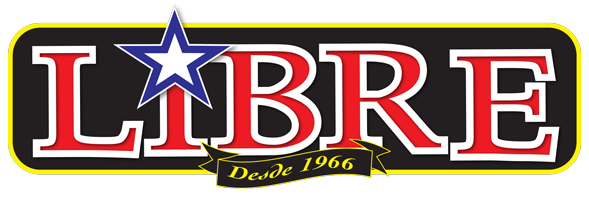
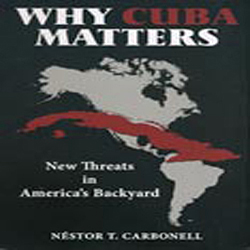

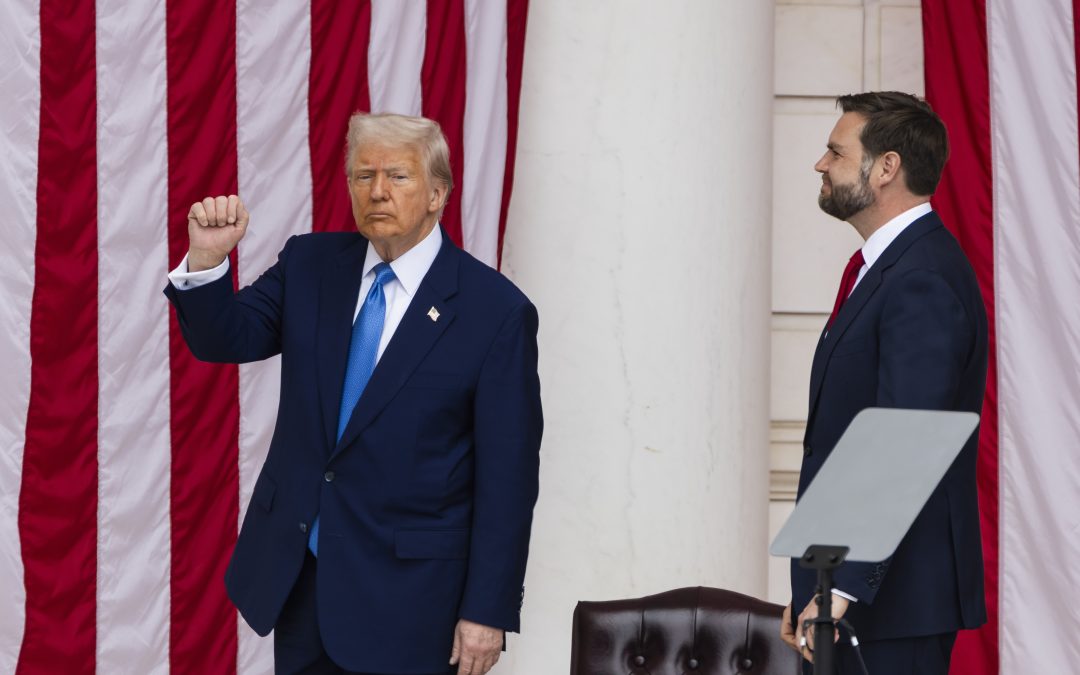
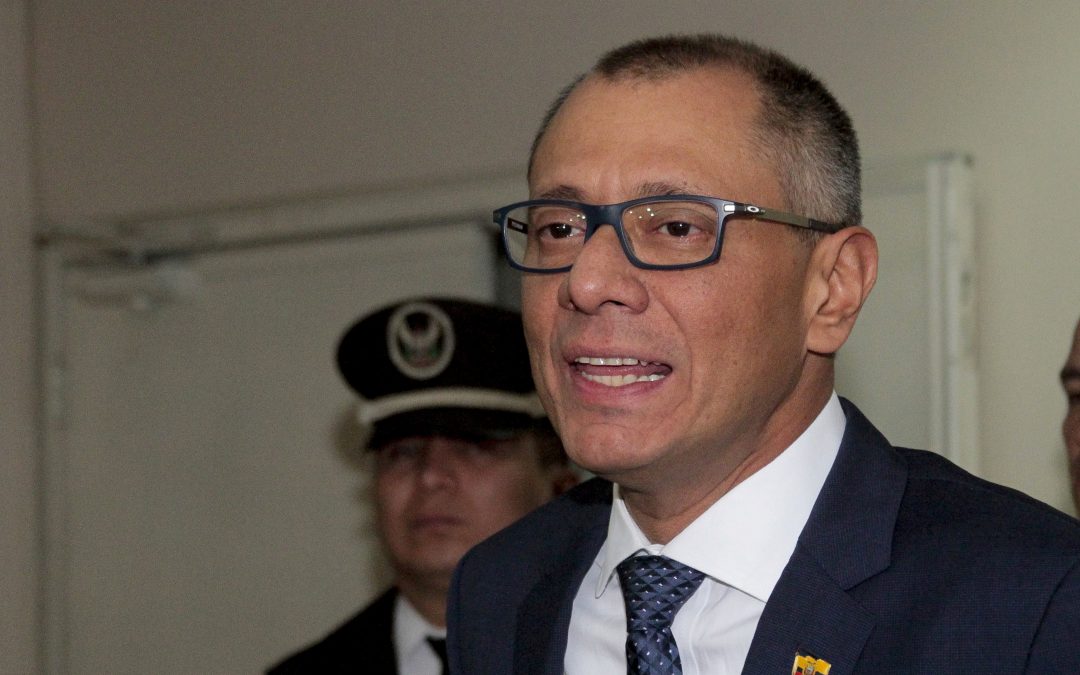
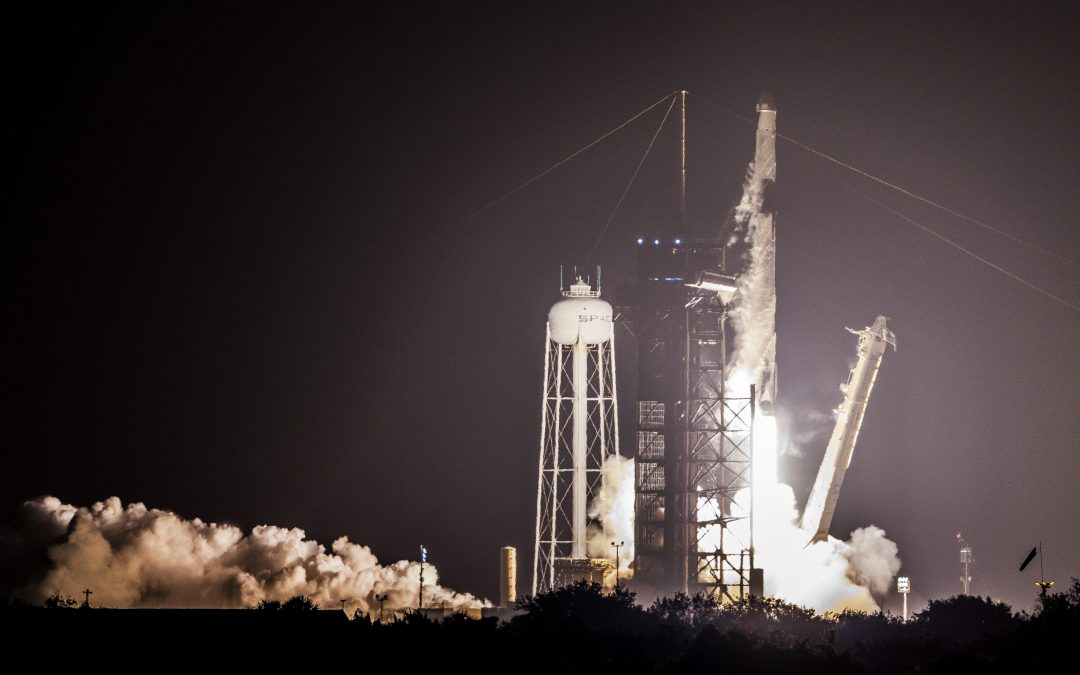
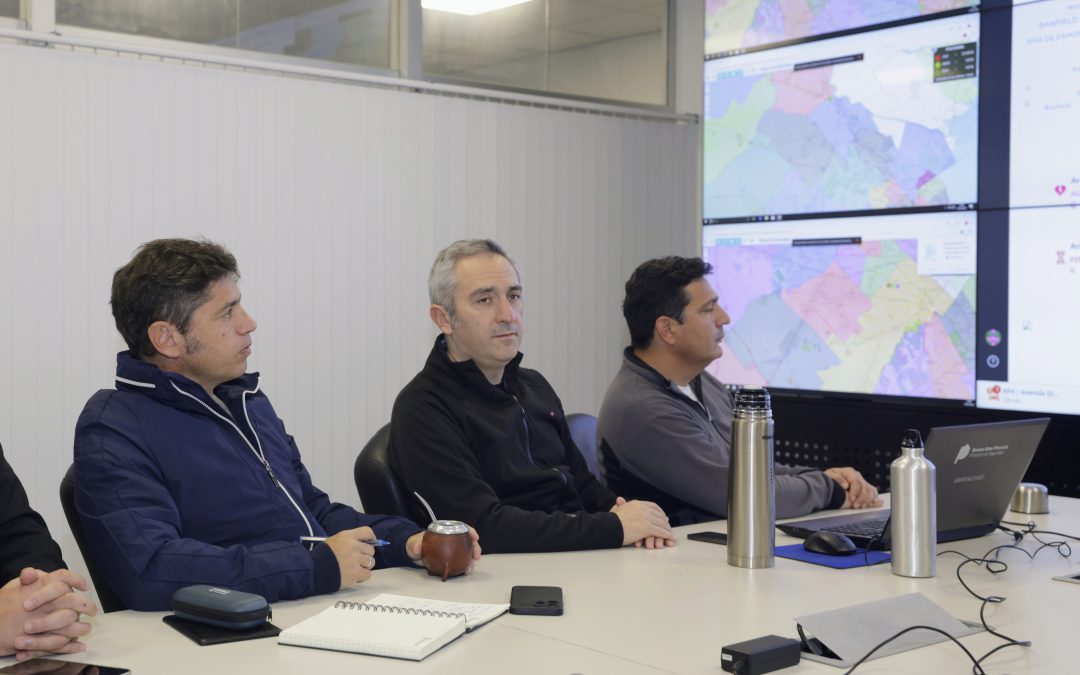

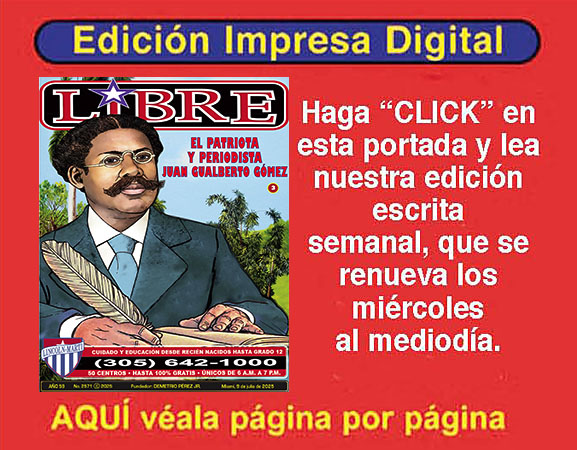

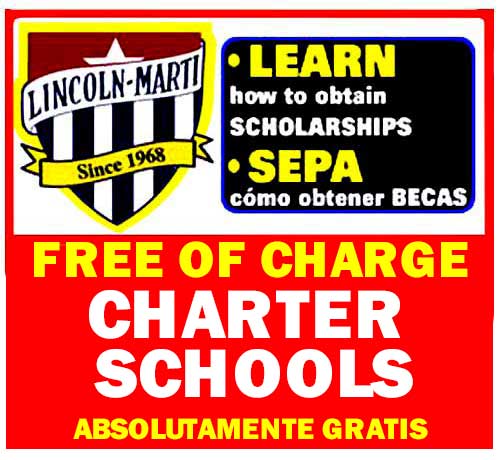
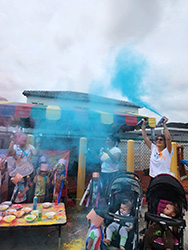
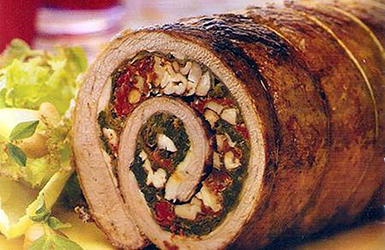
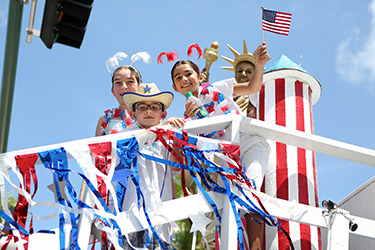
0 comentarios